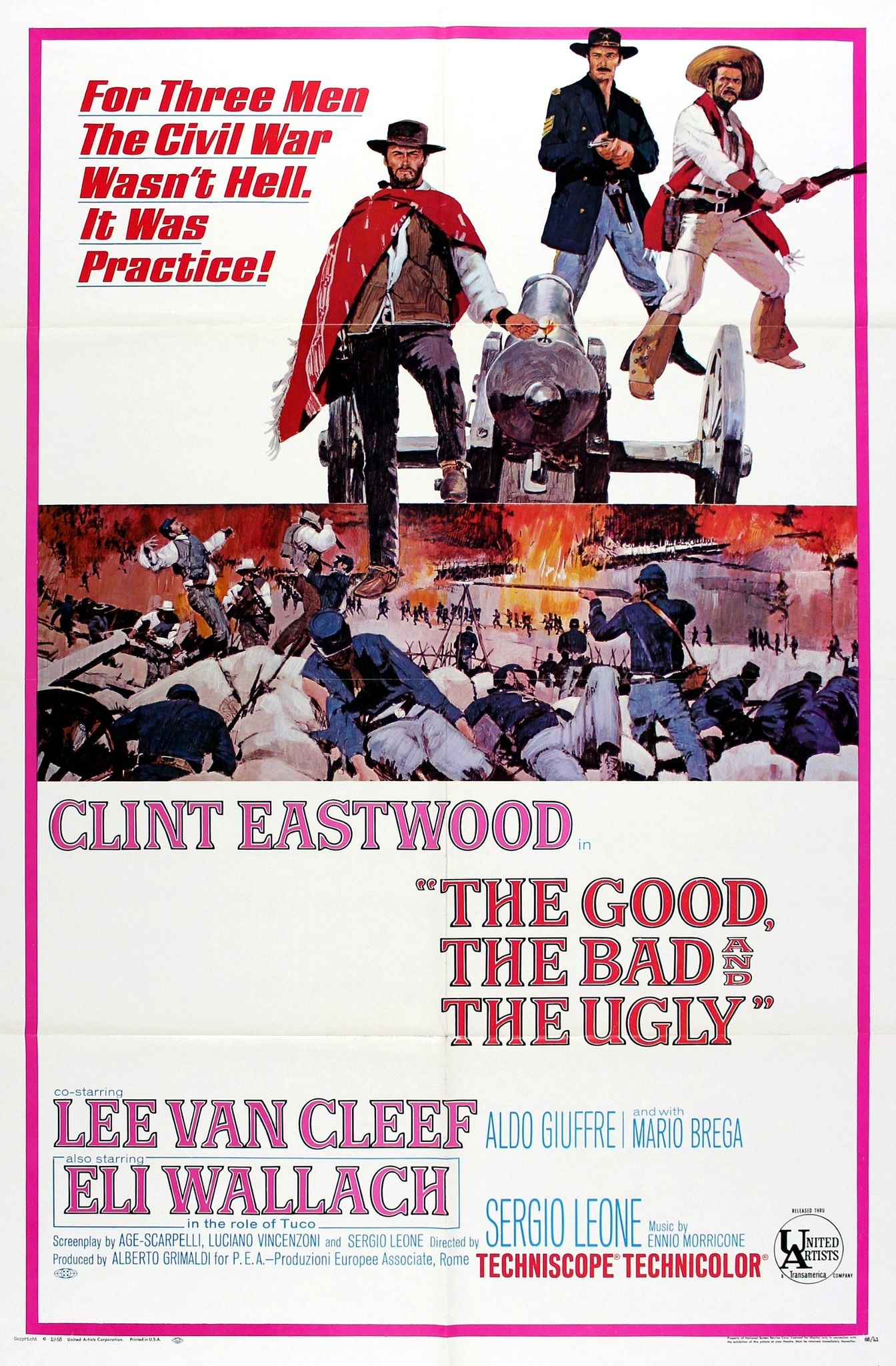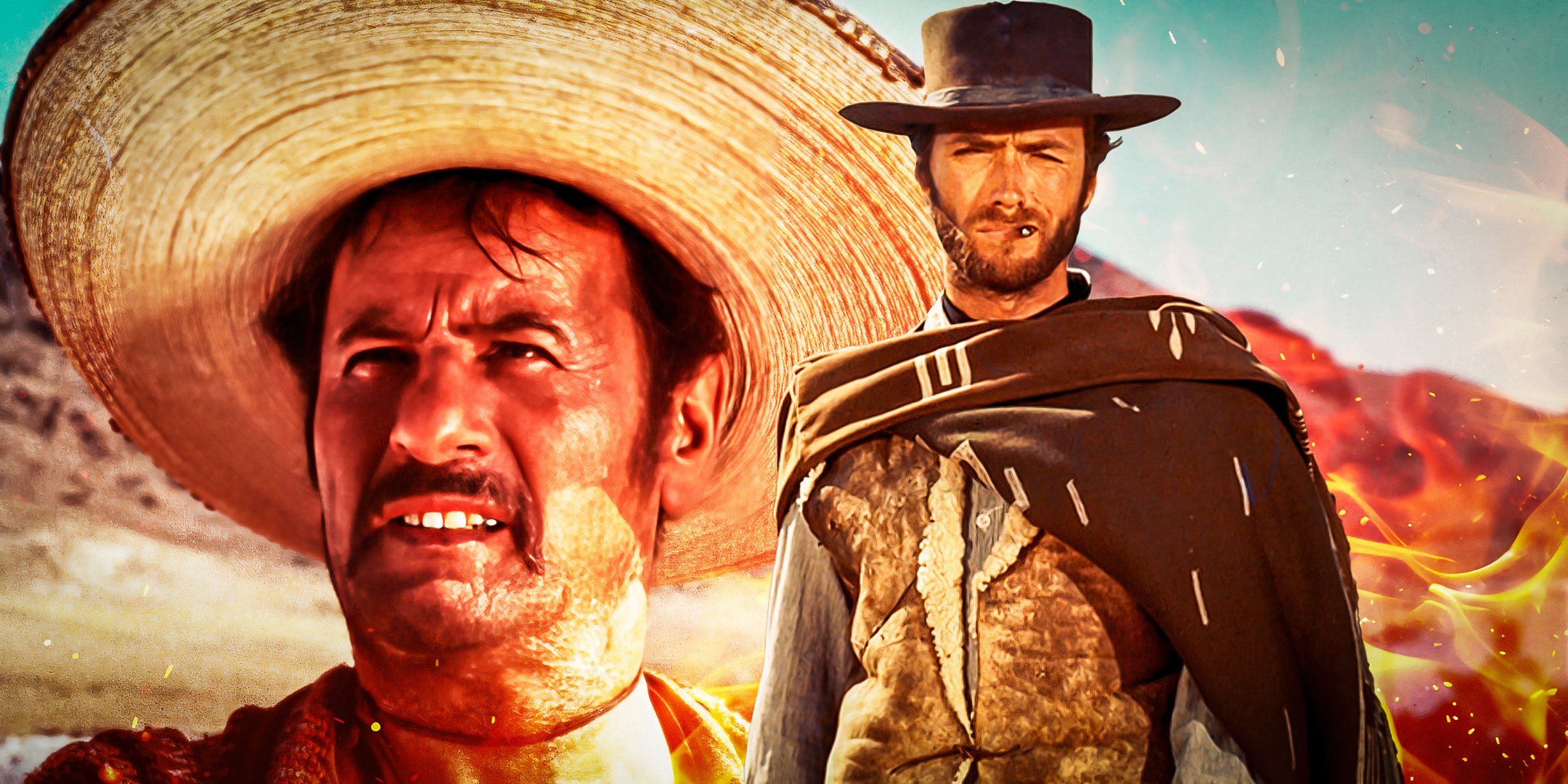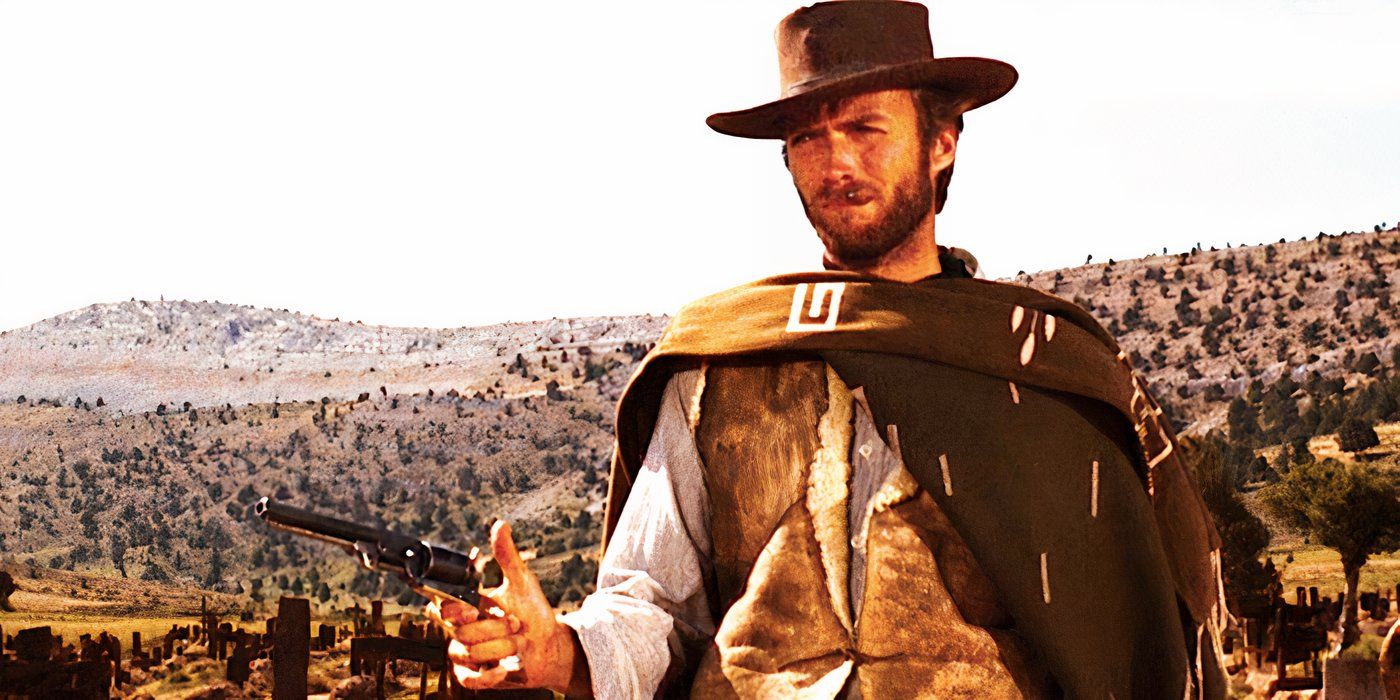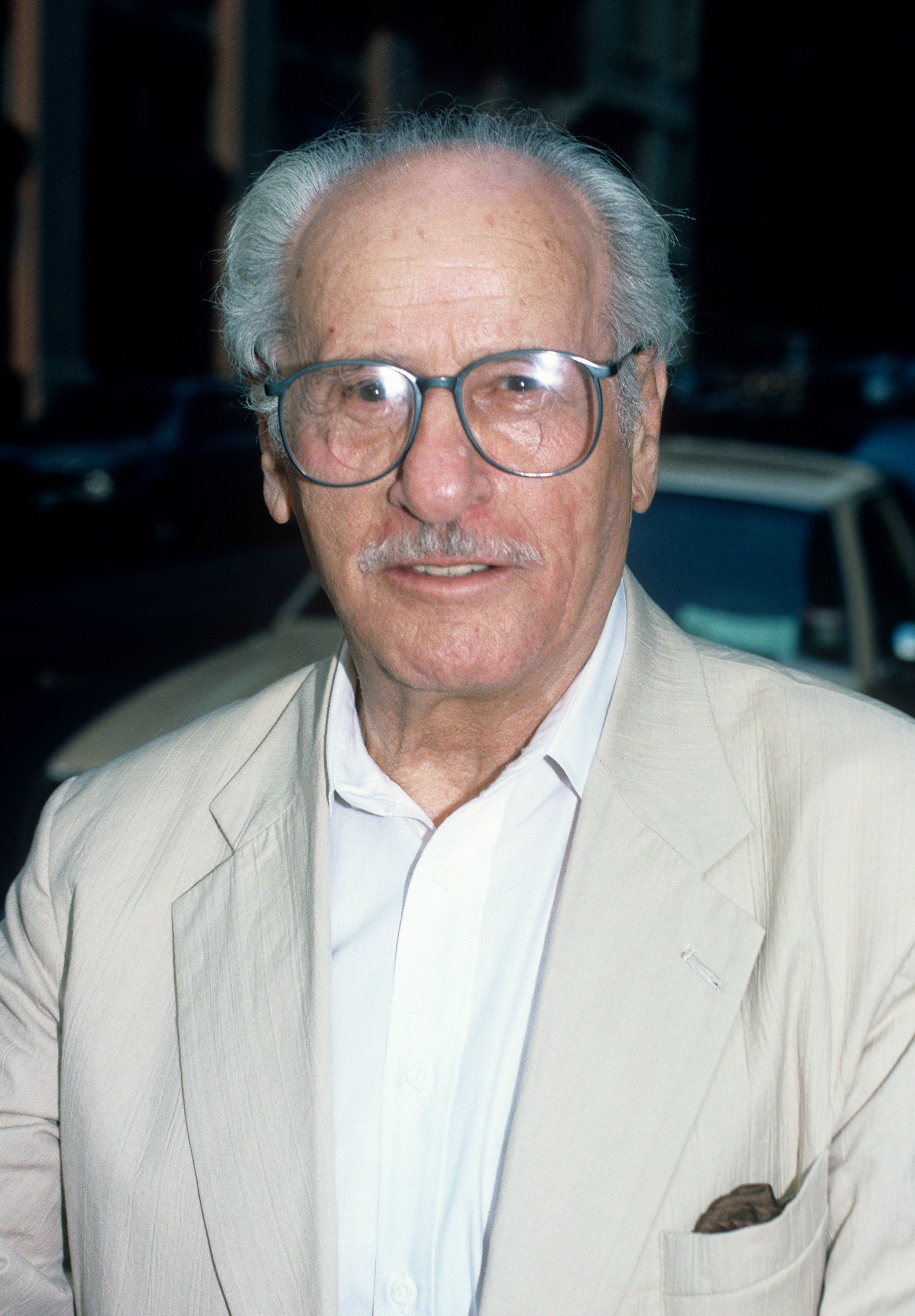The Good the Bad and the Ugly
Summary
Sergio Leone ’s iconic Spaghetti WesternThe Good , The Bad , And The Uglyhas a more complex import beyond its aerofoil claim . wide considered to bethe definitive westerly movie , The Good , the Bad , and the Uglywas released in 1966 . This was a gloomy point in Hollywood when Americans , according to critic Christopher Frayling , were"bored with an fatigued Hollywood musical genre . “(Archive.org ) Something had to bring back those exhausted audiences – and Leone was the filmmaker for the job , creating a grandiose , gunslinging masterpiece that ’s as much a satire of the genre as it ’s soft in its conventions .
The 1960s were also a time of polarization and resistance regarding the war in Vietnam , with many Americans appal by its desolation . The Civil War backcloth ofThe Good , The Bad , And The Ugly , take in Spain , dress the scene for three gunslingers relentlessly competing for buried Confederate Au . It paint a picture of an unforgiving wasteland rather than the exotic land of hope of previous 10 . On the surface , Leone presents three archetypal characters . The singleness of those original is throw into question . Through the movie ’s double - crossing twists and turns , he shows it ’s not that simple any longer , and never will be again .
The Good , The Bad , And The Ugly ’s ending is one of the Western genre ’s most iconic present moment , and there are a few good reasons for its legacy .

The Good, The Bad, And The Ugly’s Title Refers To The 3 Main Characters
The title serves as a stenography for the master characters . Clint Eastwood ’s iconic character Blondie – ‘ The goodness ’ – Hunt for crook , but his ultimate destination is the obscure cache . Eli Wallach ’s portrayal of Tuco — ‘ The Ugly ’ – is a unpitying bandit with a classifiable grimace and a proclivity for profanity . He holds the key to the localization of the hidden gold but only knows the burying ground where it ’s bury . Lee Van Cleef embodies a cold - full-blooded sea wolf , Angel Eyes – ‘ The Bad ’ . Driven only by a thirst for Au , Angel Eyes is the most remorseless of the three , and the true scoundrel of the level .
These iconic introductions , paired with their virtuously revelatory title , have become a standard for Westerns and beyond .
Each gunslinger bursts onto the prospect in a style that cements their title . Clint Eastwood ’s The Man With No Name emerges heroically from a dusty haze , immediately distinguishing as a fearsome loner . Tuco ’s tremendous entrance ask a dire leap , showcasing his impulsiveness and micheivous tendency . Angel Eyes , meanwhile , is shrouded in silent mystery , his regard ply a clear hint of his baleful nature . These iconic introductions , pair with their morally suggestive statute title , have become a standard for Westerns and beyond , most notably used by Quentin Tarantino inKill Bill : Vol 1for dramatic flair .

Custom image by Yeider Chacon
The Good, The Bad, And The Ugly’s Title Has Another Interpretation
All three title character apply to each of the man to some academic degree – even if it ’s only a surface prospect . Tuco ’s " ugly " traits are put on display betimes on – criminalism , crassness , and buffoonery . Tuco blossoms throughout , a complex mixture of warmheartedness and ruthlessness . Some benignity , like offering a Lord’s Day - blistered Blondie water and coffee , are motivated by using him . Other times , he shows unfeigned comradeship with Blondie . One of the The Good , the Bad , and the Ugly is impute to Tuco in a scene that foreground his moral lip service , with him accuse his non-Christian priest brother of simply being“too cowardly”to be a bandit like him .
Angel Eyes has considerably less cashable qualities , given that the case is clearly shown to be a merciless killer . However , his portraying is not without nuance . AsThe Good , the Bad , and the Ugly , explains , Angel Eyes does have some mother wit of pureness . He wo n’t take money for a job without verify he sees it through to the goal .
Eastwood ’s heroes are more antiheroic than the idealized American note value of John Wayne .

How The Good, The Bad And The Ugly Became Part Of The English Lexicon
The phrase enrol the English language has its roots in the plastic film ’s production . Screenwriter Luciano Vincenzoni thought of the Italian title"Il buono , il brutto , il cattivo”–“The Good , the Ugly , the Bad . “This title was used for the Italian sack . However , for English - speaking interview in the US and UK , the deed of conveyance was changed to"The Good , The Bad , And The Ugly . “This modification improved the rhythm method of birth control and flow of the title for English verbalizer . Beyond the film , the idiomatic expression has taken on a life of its own , used to describe a well - rounded view of any subject .
Its ubiquity in language was help along by Robert F. Kennedy ’s consumption in his speeches .
For illustration , people can lecture about " the good , the unfit , and the ugly " of being a Manchester United fan , with all its ups and downs . American politician Robert F. Kennedy even made frequent utilisation of the title in his public speeches . But ultimately , its grandness to pop culture is hardly surprising ; after all , The Good , the Bad , and the Uglyhas a well - bring in report as one of the peachy Westerns ever made .

Source : Archive.org
Your Rating
Your comment has not been saved
Cast

